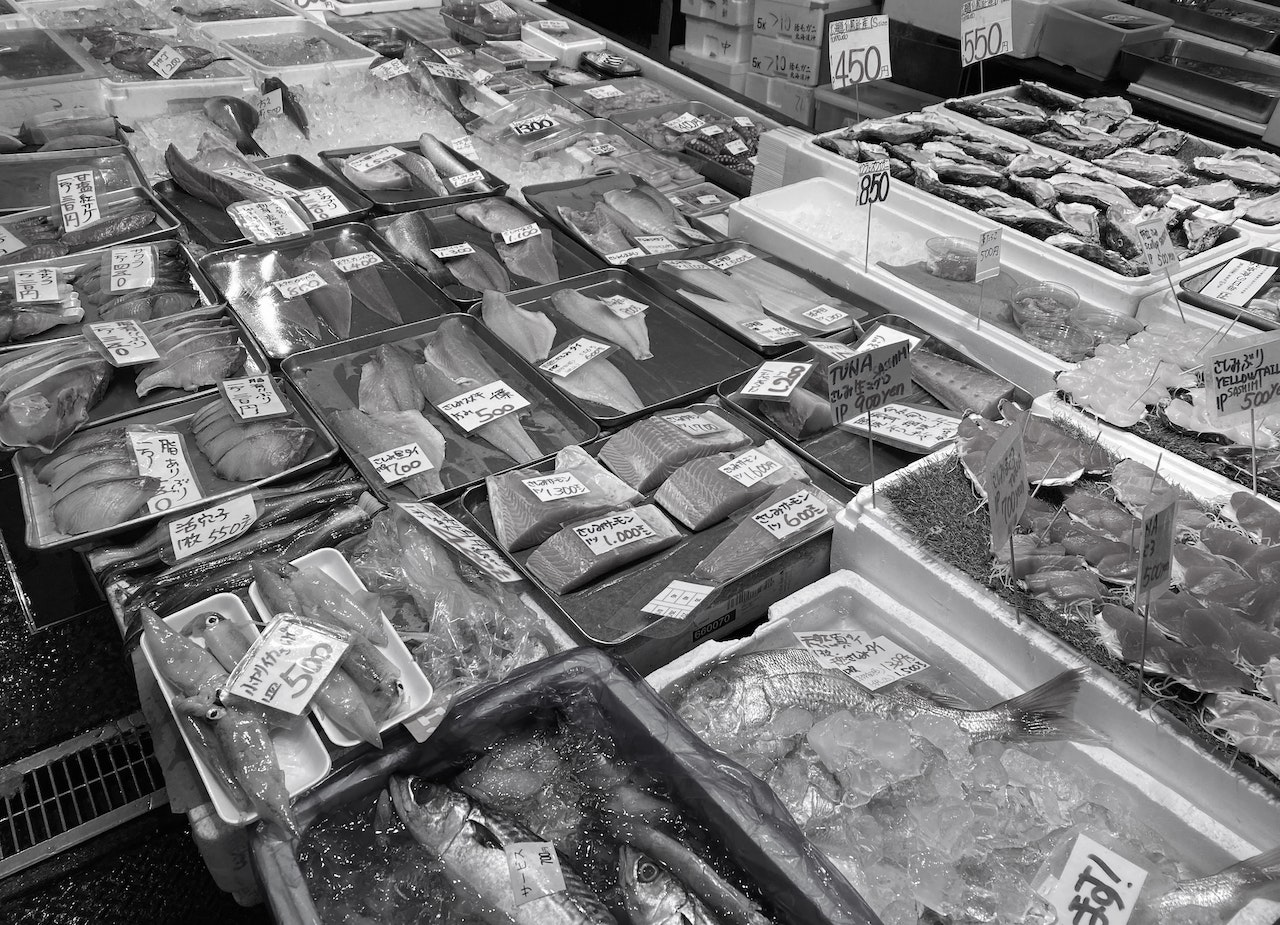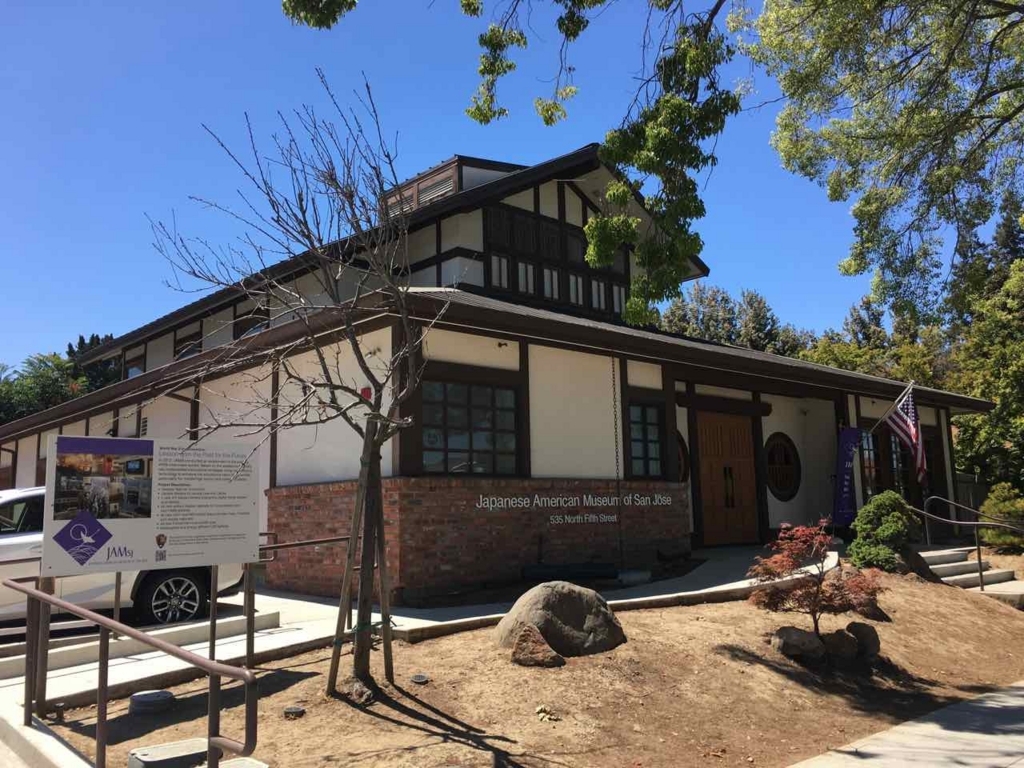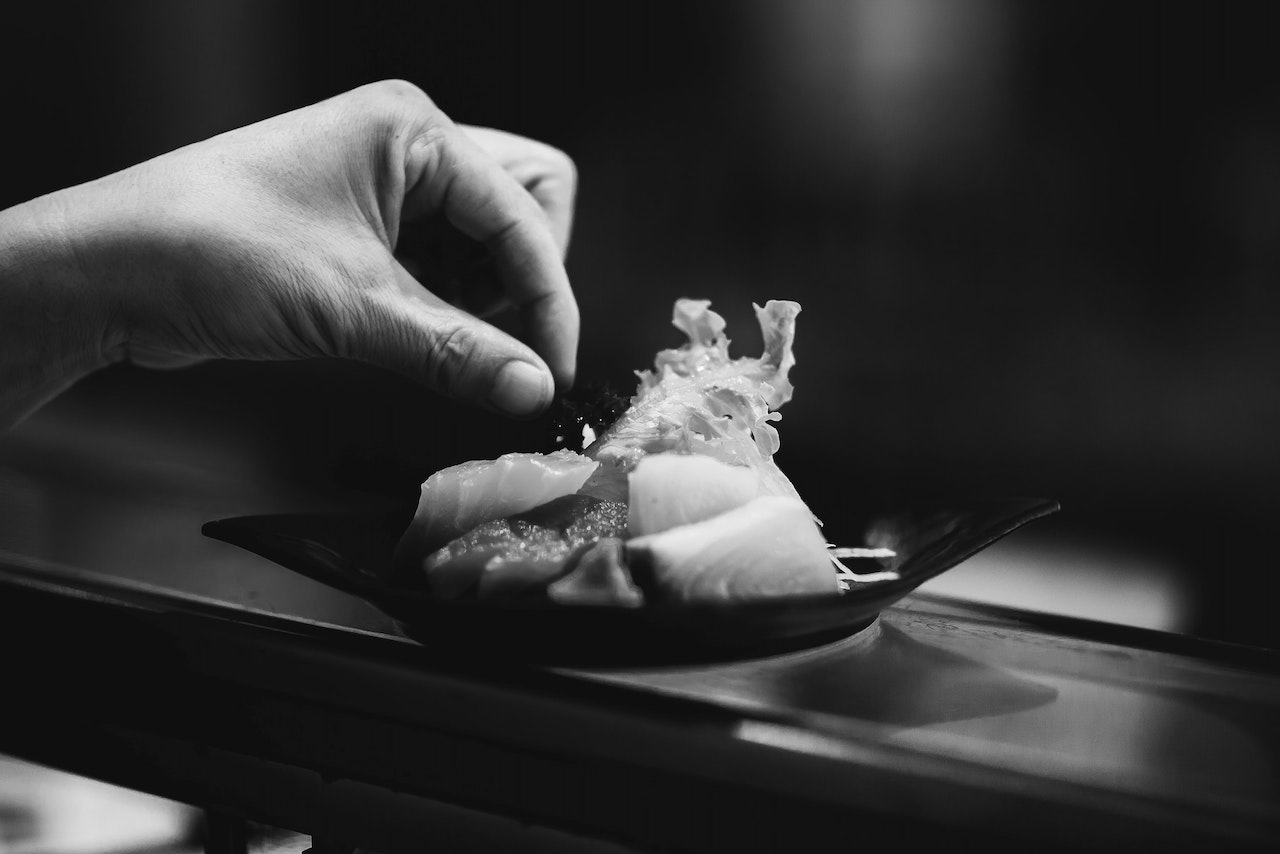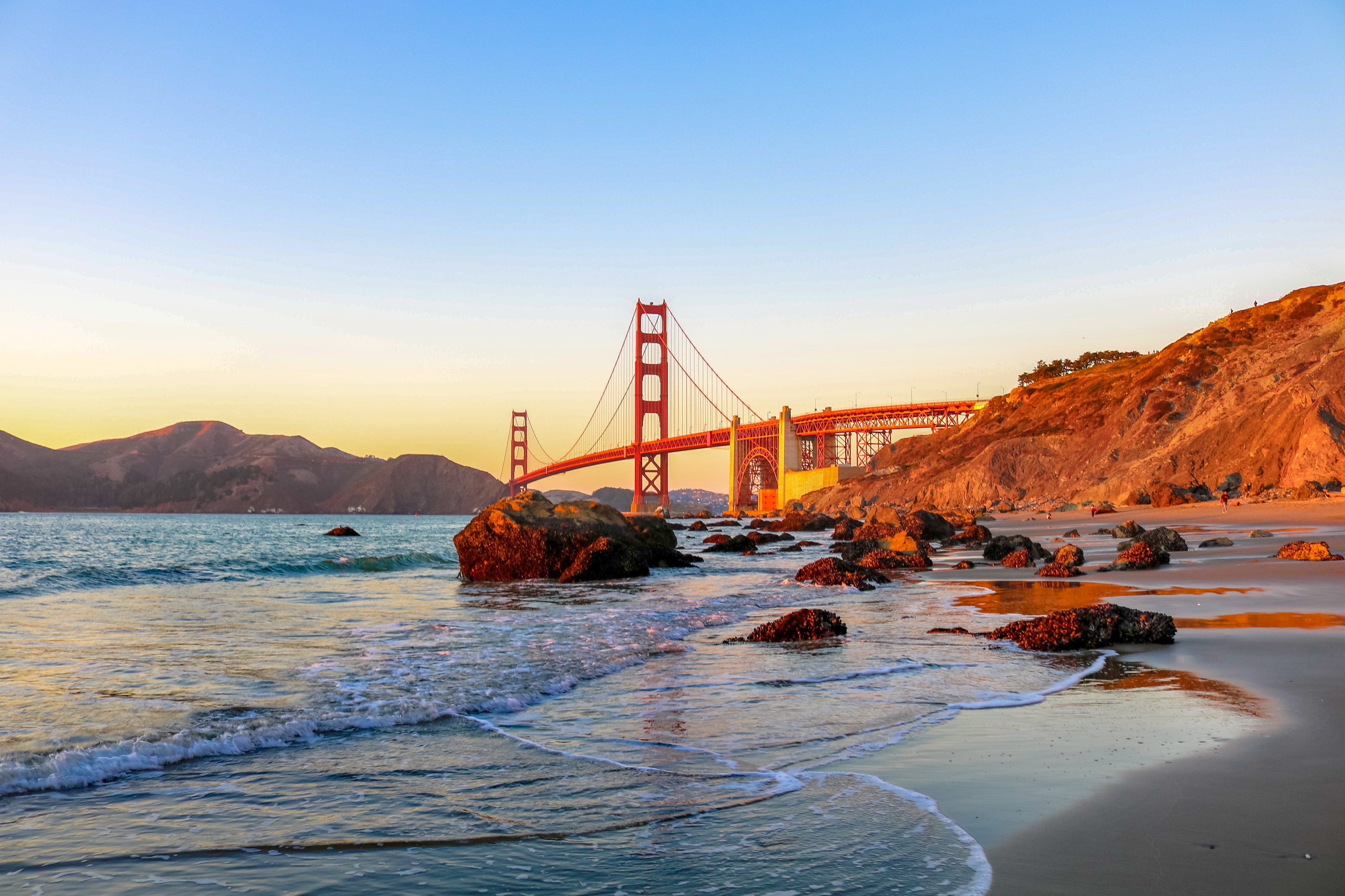Want to buy Japanese food in the Bay Area? This is the list of Japanese grocery stores you should visit. When I first moved to the Bay Area, I had no idea where to buy Japanese food. However I found these by talking to local Japanese people. In this article, I will introduce some of Japanese grocery store in the Bay Area that Japanese people actually go to.
Marukai
Marukai is a supermarket that I go to at least once every two weeks, and the selection and prices are both excellent. Marukai is a supermarket that I go to once every two weeks, and I think the prices at Marukai have become more reasonable, partly due to the recent acquisition by Don Quijote, a major Japanese grocery store. It’s really convenient because they sell seasonings, frozen foods, fresh foods, vegetables, liquor, sweets, and even Japanese cosmetics and cooking tools.
Especially check out the weekly specials! Marukai also sells Japanese bento boxes, sushi and sashimi, but the sushi is not very good. Marukai sells Japanese bento boxes, sushi and sashimi, but the sushi is not great. The fish is not bad, but I recommend Suruki for freshness.
- 19750 Stevens Creek Blvd, Cupertino, CA 95014
- +14082004850
- https://www.marukai.com/
Suruki Supermarket

A privately owned supermarket in San Mateo. The selection is small to average, but the fish here is really good. I love Suruki’s fish so much that when I do sashimi or sushi, I always buy it at Suruki. Many of my neighbors also come here for the fish and sushi, and most of them buy the $50 to $100 sashimi platter. I’m happy to see that they have a wide variety of alcoholic beverages, from cheap to expensive. Some of the drinks are quite cheap sometimes, so check out the sale items. Overall, the prices are not cheap, but sometimes there are cheap products that are cheaper than what you can buy in Japan, so check out the sale section. The snack section in particular has a lot of bargain items. They also sell fresh ramen noodles and soup.
- 71 E 4th Ave, San Mateo, CA 94401
- +16503475288
- http://www.surukisupermarket.com/
Osaka Marketplace

There are many large stores with a good selection of goods, and the stores are large enough to allow you to shop comfortably. Some stores have a food court where you can eat ramen or tendon. Overall, it is slightly more expensive than Marukai. However, the sale items are often cheaper, making it my second favorite supermarket after Marukai. The first area you enter the store is lined with sale items, so be sure to check it out.
- 46881 Warm Springs Blvd, Fremont, CA 94539
- +15103994832
- https://www.osakamarketplace.com/
Mitsuwa Marketplace – San José
This is a Japanese supermarket that operates throughout the United States. The prices are higher than Marukai. The prices are higher than Marukai, but they sell everything. The selection is as good as Marukai. The prices are generally high, although there are some cheap items. I only shop there for the specials. Mitsuwa also has a bookstore and a food court with high quality Japanese snacks and ramen stores, which is a big advantage.
- 675 Saratoga Ave, San Jose, CA 95129
- +14082556699
- https://mitsuwa.com/sj
Nijiya Market

This is a Japanese supermarket that also has a store in San Jose Japantown. Many of the stores are small, and the selection is small, depending on the store. However, they have the bare minimum of fresh food, seasonings, snacks, and liquor, so if you forgot to buy something, it’s enough. The prices are as high as Mitsuwa. Nijiya’s main sales day is Meat Day on the 29th of every month. Nijiya’s main selling point is Meat Day on the 29th of every month, when Japanese quality meat is cheap, so many Japanese people come here.
- 1737 Post St #333, San Francisco, CA 94115
- +14155631901
- http://www.nijiya.com/
- 1956 S El Camino Real, San Mateo, CA 94403
- +16502127398
- 143 E El Camino Real, Mountain View, CA 94040
- +16506911600
- 240 Jackson St, San Jose, CA 95112
- +14082756916
Summary
There are many Japanese supermarkets in the Bay Area, so you honestly have no trouble buying Japanese food. If you want to buy Japanese products, I definitely recommend Japanese supermarkets. The prices are cheap and they sell standard products that are often used in Japan. Chinese and Korean supermarkets also sell Japanese food products, but at higher prices. I recommend Japanese supermarkets because they are more economical to buy.














